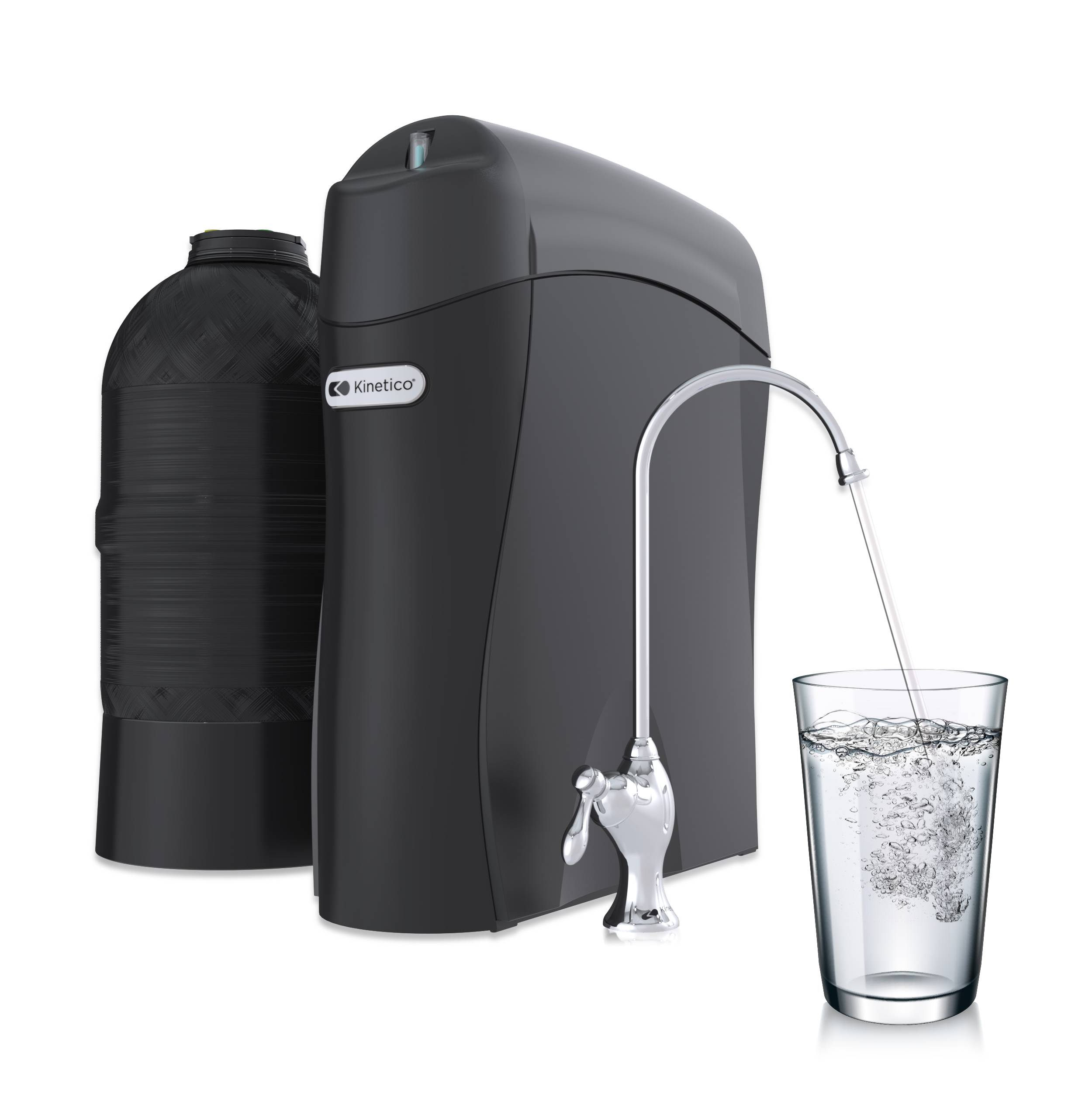I frequently get calls from people asking about fluoride in their water. Some people call about removing the fluoride, and some call about making sure it remains in their water supply. These opposing opinions piqued my curiosity about fluoride. What is it? How does it get into the water supply? Should it be removed, or is it a good thing to have in your drinking water?
It turns out there are mountains of documentation available on the subject of fluoride, but two points really stayed with me. First, there are all sorts of natural sources of fluoride in addition to intentionally fluoridated water and toothpaste. I had no idea! Second, the debate about the pros and cons of fluoride is endless.
Fluoride Facts
Fluoride can be found naturally in water, food and the atmosphere. In fact, it’s the 13th most abundant element found on earth. 5 major global fluoride belts run through the earth, transversing approximately 31 countries. A percentage of this fluoride is soluble, and ends up in the water supply—even the oceans contain some fluoride.
Fluoride can also be found in the atmosphere. Some of it comes from airborne dust with naturally occurring fluoride, and some comes from industry.
Additionally, fertilizers, pesticides and fungicides used on fruits and vegetables usually contain a level of fluoride. If you’re one of the folks trying to keep your exposure to a minimum, giving the fruits and vegetables a good washing can remove most of the fluoride from produce. Choosing organic produce also eliminates exposure to the pesticides that leave fluoride residues.
So, if I have so much fluoride exposure naturally, why are some water supplies fluoridated intentionally? Well, as early as the late 1800’s, it was noted that children exposed to higher doses of naturally occurring fluoride had healthier teeth. At that time, several studies were launched both overseas and in the US which showed that fluoride’s presence in the mouth could prevent tooth decay. Adding fluoride to water supplies seemed to be the logical approach to dental health, because it resembled the natural method of exposure.
The United States is one of few countries that add fluoride on a consistent basis. Here, the decision to add fluoride to the water is up to the city or town. Grand Rapids, MI was the first city to add fluoride to the water supply in 1945, and many cities and towns followed suit until recently, in 2012, 72% of the US received fluoridated water from their municipalities. But in 2011, approximately 200 cities and towns in the US decided to stop adding fluoride to the water. Not only would removing the fluoride cut costs, but more data was becoming available on the negative aspects of overexposure to fluoride.
Health & Wellness
According to the Center for Disease Control (CDC), children have the highest risk of over exposure. In a household, the child and adult may consume the same levels of fluoride, but because of the child’s body size and weight, the same dosage can be an overexposure. Children overexposed to fluoride will have “fluorosis”—pittingand/or grey discoloration—of the teeth. One of the concerns of overexposure to adults is bone degradation. It’s believed that too much fluoride will actually weaken bone density. Organizations monitoring the use of fluoride all recommend that we have conversation with our dentists and physicians regarding our personal limits.
According to the World Health Organization, the average adult is naturally exposed to approximately .6 milligrams of fluoride per day using an un-fluoridated water supply. Their target exposure guidelines suggest that .8-1.2 milligrams per litre per day will maximize the benefits of fluoride and minimize any possible harmful effects. In the US, the EPA has set a maximum contamination level of 4 milligrams per liter per day. If you’re not sure whether your water is fluoridated or how much fluoride it might contain, you can check with your water supplier. They will have published detailed reports about the contents of your water.
Now, when people call about fluoride in their water, I know more about what they might be thinking. As with anything found in and around water, we at Kinetico encourage you to learn about the water in your home and how it affects your life. Take charge of the water you drink, as your body is the ultimate water filter.
By Diana M



